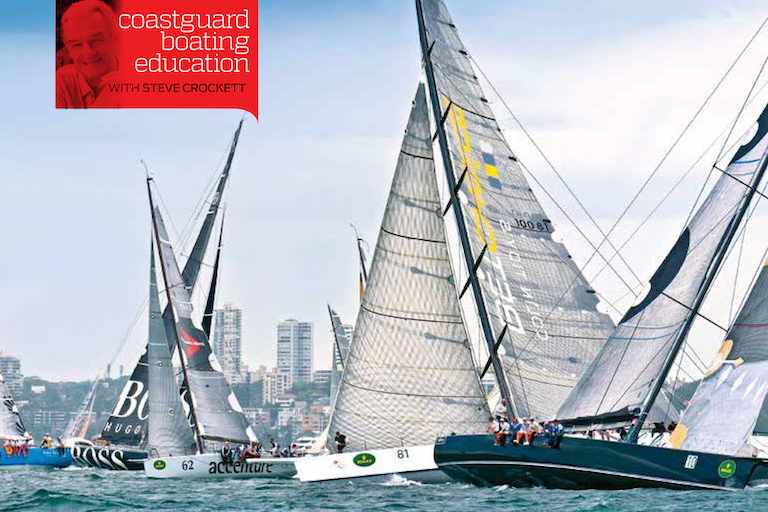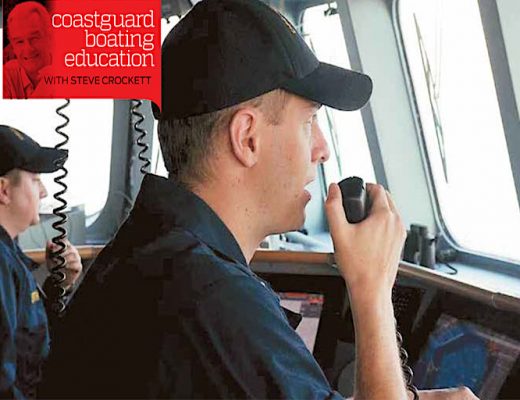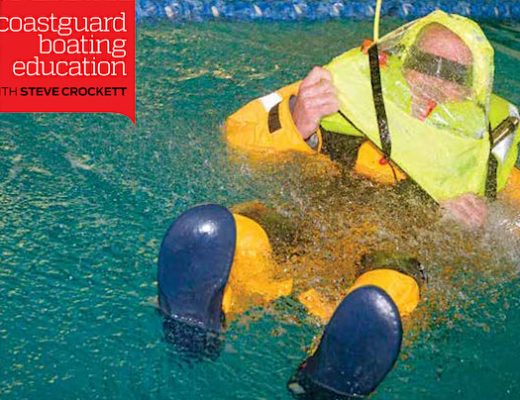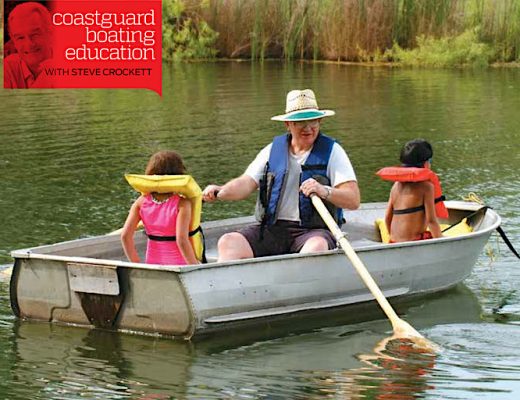HAVING TROUBLE REMEMBERING THE ‘RULES OF THE ROAD’? A MNEMONIC FROM THE 19TH CENTURY MIGHT HELP
Rhyme and Reason
“When all three lights you see ahead, port your helm (starboard your wheel) and show your red”.
This was one of the first things my father drummed into me when we went boating. It was my first introduction to the “Rules of the Road at Sea” and it relates specifically to Part B, Section II, Rule 14 of the International Regulations for Preventing Collisions at Sea, 1972. This Section of the Regulations (or “Colregs” as we have come to know them) deals with the actions of vessels when they are “in sight of one another” and this particular rule applies only to power driven vessels. Sailing vessels have their own rule, Rule 12, and Rule 18 of the Section states the responsibilities between different types of vessels. Ok … boring now!
You may have gathered at this point that I have a particular fascination with these Rules, and you’d be right. In my opinion they are the most beautifully crafted set of Regulations I have ever experienced. They are not easily misinterpreted. I admit they can appear to be a little unwieldy when trying to understand the verbiage (they were, after all, originally crafted in 1846 and accepted as a convention by the IMO in 1972) but the basic principles are sound. Which is why, in 1867, a gentleman named Thomas Gray wrote a pamphlet of verses to simplify the basic steering and sailing rules. I was taught a derivative of those old verses. Why? Because they are easy to remember.
“If on your starboard red appear, it is your duty to keep clear”
That’s simple enough: Give way to your right! You are the “give way” vessel so act accordingly.
“To act as occasion says is proper: To Port – or Starboard – Back – or Stop her!”
This implies that you will exercise good judgement and keep clear of the other vessel. Generally speaking you would act with “due regard to the observance of good seamanship” and alter course to starboard and pass astern of the other vessel, but if necessary, slow down or stop.
“But when upon your Port is seen a Steamer’s Starboard Light of Green,
There’s not so much for you to do, for Green to Port keeps clear of you”.
Ok … but what if he doesn’t?
“Both in safety and in doubt, always keep a good look-out;
In danger, with no room to turn, ease her- stop her – go astern!”
This is telling us that, even though you are the “stand on” vessel, you have an obligation to avoid a collision even if you have to break a rule to do so. It is important to understand that the term “right of way” does not exist within these rules. If two vessels collide, both will be at fault.
“Green to Green or Red to Red, all is clear, proceed ahead.”
Such simple rhyme and just as relevant now as it was back in 1867. Even now, whenever I am out boating, those rhymes help to determine my actions. They are of course based on the assumption that I know my Port from my Starboard. “There’s no Red Port Left in the bottle” my father would say.
You may well be thinking, “Ok … first take an egg and with a needle punch a hole … etc.” but the reason this all came to mind was a series of situations in which I found myself this Labour weekend. I was staggered by the apparent lack of basic rules knowledge of a few boaties out there on the water. The one which scared me the most was the very large power cruiser who couldn’t decide which way he wanted to turn. I ended up heaving-to and letting him go by.
For people who are new to boating a really good start is to enrol in the Coastguard Boating Education Day Skipper Online course. It’s fun to do and the body of knowledge will stand you in good stead if you wish to go further and complete a Boatmaster course.





No Comments